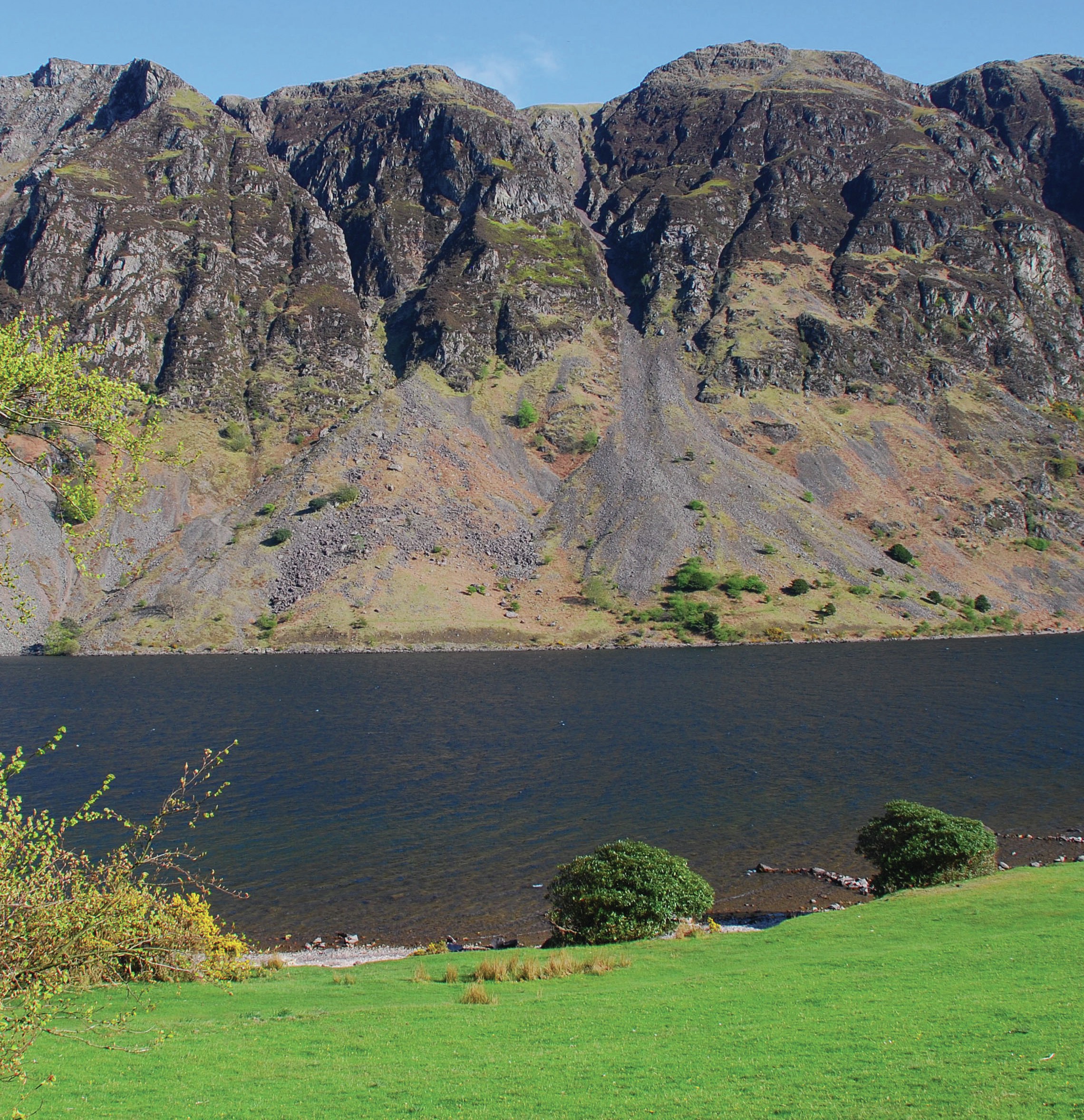
The magnificent scree slopes that rise above the southern shore of Wast Water are among the most outstanding features that make up the physical landscape of the Lake District. They are regarded as the classic example of mountain scree development in Britain. The screes support a diverse plant life, including some species rare in this country. The screes are designated as a Site of Special Scientific Interest for both their geomorphological and botanical importance.
In many textbooks, scree (or talus as it is also known) is regarded as a product of rockfall that results from intensive frost activity on a cliff face. When the temperature falls below 0ºC, water that is trapped in cracks and joints freezes, expands in volume by about 9%, and puts the rock under stress. When the temperature rises, the ice melts and fragments of rock fall off onto the scree below.
Your organisation does not have access to this article.
Sign up today to give your students the edge they need to achieve their best grades with subject expertise
Subscribe




